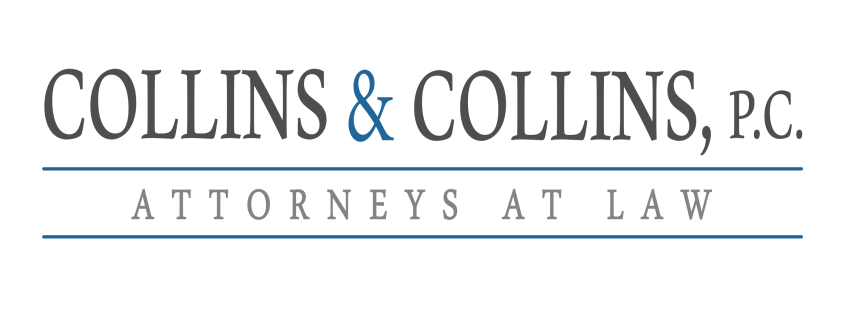Fair Settlement of Personal Injury Claims is More Math than Wrath!
There are many myths surrounding personal injury claims. One persistent myth is the frivolous lawsuit. Related to the frivolous lawsuit myth is a basic misunderstanding of many concerning the ease of obtaining money from insurance companies. In fact, insurance companies are pretty protective of their funds and do not readily part with them.
There are many including a few inexperienced lawyers that believe that insurance companies will cower at the threat of a lawsuit. Based upon this mistaken belief, they believe that throwing out a high dollar demand under the threat of suit on a trivial or even non-existent claim will intimidate the insurance adjuster into settling for more than the case is worth. In fact, nothing could be further from the truth.
Insurance companies get hundreds or thousands of cases every day. Each and every case will go through a standardized valuation process. These processes may differ in varying degrees between different insurance companies but each insurer will have its own valuation process.
The adjuster will first look at liability to determine if its insured is responsible for the accident. In New Mexico it may have to factor in comparative negligence. If the insurer finds that there is no liability or fault on the part of its insured, it is highly unlikely that it will pay out on a claim. Of course, there are those cases with disputed liability and in New Mexico comparative fault where the valuation process becomes more complex. However, in cases where there was clearly no liability, the insurance company is not going to pay. After all, it seems that insurance companies have a knack for making money unnecessarily paying claims is not in line with their business model.
Once past the liability calculation, the insurer will then attempt to evaluate damages. The valuation will factor in medical costs and treatment both past and future. It will factor in lost income, permanent disability, disfigurement, pain and suffering and other elements of compensatory damages. Then it will determine its exposure for punitive damages, which contrary to common belief are very rare.
Once these potential damages are totaled up, the insurance company will set a range of settlement values within which it will settle. The insurance company will not deviate from those ranges unless there is additional evidence provided to support a higher settlement value. In other words, the plaintiff usually through an attorney will have to provide documentation, medical records, expert reports, economic analysis and so on to support a higher settlement value.
No amount of yelling or threats at the adjusters will move them off their settlement range. The common, “I will see you in court” will be met with a yawn if it warrants even that. One thing that many do not appreciate is that insurance companies have a herd of eager defense lawyers standing by who would like nothing more than to see you in court. In fact, the more they see you in court, the more money they make. So the threats and yelling will do you no good, and are much more likely to make your case more difficult.
Anyone contemplating a personal injury claim should understand that the value of their claim for the insurance company is a relatively straightforward mathematical calculation of liability and damages. There is no room for intimidation in math. It is far more effective to come to the table armed with proof of liability and damages. This proof alone is what will influence an adjuster into a fair settlement. Without it, there simply is no pot of gold waiting at the end of the mythical frivolous lawsuit.
